The Fight for Safe Drinking Water Doesn’t Start at the Top
True activism begins with the people—and that’s where you’ll find policy advocate Chakena D. Perry.
For Chakena D. Perry, the drinking water problems plaguing Chicago aren’t just about lead pipes and PFAS contamination—they are about people, specifically those within the city’s low-income areas and communities of color who’ve shouldered so many compounding injustices. Growing up in the Back of the Yards neighborhood of Chicago’s notoriously polluted South Side, Perry experienced numerous threats to her health and the environment. She also watched as elected officials did nothing to protect her community from them. Before long, Perry launched into a career of civic engagement, voting rights advocacy, and environmental justice activism, hoping to set things right.
Last year, at the age of 28, Perry became the youngest commissioner for the Metropolitan Water Reclamation District of Greater Chicago, where she worked on stormwater and wastewater management, addressing urban flooding issues and protecting local waterways. There, she focused on community outreach—a two-way street of educating residents about projects as well as gathering their input on potential policy changes.
When Perry joined NRDC’s Safe Water Initiative last December, her focus shifted from stormwater to drinking water, but she knew she’d be defending the basic human rights of the same marginalized communities. That’s the thing about systemic racism: When problems arise, certain groups of people tend to get hit the hardest, because that’s how the system was made. But Perry also knows their voices are invaluable in shaping a better way forward, which is why whatever the issue she turns her attention to, her top priority is making sure those who have been historically dismissed get a seat at the table in the decisions that will affect them.
Where did your interest in advocacy first come from?
I remember, as a kid, my mom and grandma never said anything specific about the quality of the water in our house, but they always bought bottled water. There was this unspoken truth that we know something is not right here. They didn’t necessarily articulate it, but there was a reason why there were always stacks of bottled water in our kitchen.
When I was in high school, I started asking questions about the neighborhood I lived in—why were these communities neglected, where were the elected officials, why don’t the people here feel empowered to make their voices heard? I started reading about the work that Hazel M. Johnson [the “mother of environmental justice”] and Harold Washington [Chicago’s first Black mayor] did in the city and got exposed to the environmental movement and civic engagement work from there.
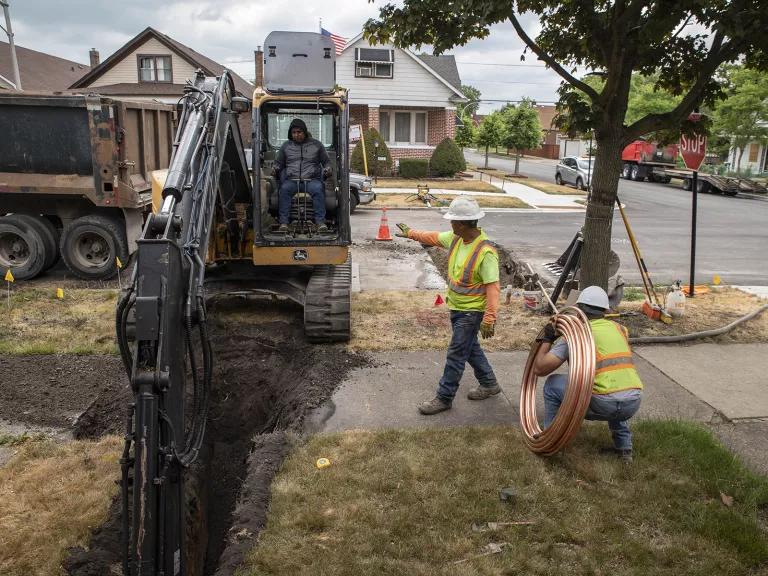
A construction worker using an excavator while replacing a lead service line outside a home the West Roseland neighborhood of Chicago
Vanessa Bly Photography for NRDC
What is your main focus right now?
Chicago has the most lead service lines of any city in the country, and state law gives the city until 2077 to replace them—that’s far too long. But the Lead and Copper Rule revision could push to get the job done within 10 years. That time frame is much more in line with public health needs, but it will take a lot of work. Something I brought into my role at NRDC is workforce development. We’re going to need people who are trained to get the pipes out. Do we have a workforce that’s prepared to do so? From the studies I’ve read, not yet. But we have the potential for one—we have young people, we have the previously incarcerated, and we have other folks left out of employment opportunities. This is the time to get them trained to work alongside our labor unions and get the pipes out in an efficient manner.
The bottom line is that there is no safe level of lead exposure, and we can see the impacts across the board in our communities, such as increased emotional and behavioral issues in children as well as higher heart disease and reproductive risks in adults—some of which are life-threatening. What I’m working on now is building out working groups with other organizations, elected officials, and agencies to figure out what can be done from a policy perspective, and help set up the city for success once the lead pipe removal work really ramps up.
How do you fold equity into the work you do?
My team uses an equity tool that ensures we’ve reached out to the most impacted groups and created space for authentic, critical feedback. The tool allows us to press pause and prioritize inclusivity. There are lots of opportunities where Big Green groups like ours can step back and make sure that voices from the community are influencing how a project goes. For instance, many community-based groups are working on lead service line replacement across the country. There’s a lot of great work happening at the local level, and we should continue creating space to work together and learn from one another.
_4-3.jpg.jpg?h=08b866d1&itok=lNFa2omn)
Perry with registered young voters at the Bronzeville Scholastic Institute
Courtesy of Chakena Perry
What has been the most rewarding part of doing this work?
There’s something beautiful about knowing that I’m able to impact communities like the one I grew up in. It’s a good feeling to see that light go off when talking to someone about these issues in an accessible way—not talking in jargon, not throwing out statistics, not referencing all this research methodology. Instead, really meeting people where they are and explaining the issue they have: “You have a lead service line, we don’t trust the quality of your water, and here are the ways that you can help influence not just your quality of life but your whole community’s.”
There is a lot of distrust with governmental entities within Black communities, and rightfully so, but when the time is actually taken to meet people and have genuine conversations, they start to understand how the government can be a vehicle for change and also, how advocacy is a great way for them to get their foot in the door. Although I’ve had different career trajectories over time, working for both advocacy groups and the government, it all comes back to bringing in those who were left out of the conversation.
What are you currently really excited about?
We just had our “Let’s Get the Lead Out, Chicago!” rally to build support for a stronger Lead and Copper Rule. Around 150 people came out to Daley Plaza, and it was the first of its kind in the country, where all stakeholders—elected officials, labor unions, water advocates, environmental justice groups, and residents—stood in solidarity on the need to replace lead pipes. We had speakers from several environmental justice and community groups, with NRDC’s Leaching Leady Pipe mascot also making an appearance, of course. It was cool to see NRDC go outside of its comfort zone and lean into being an advocacy organization—because advocacy doesn’t just mean press releases, op-eds, blogs, and lobbying. The root of activism is bringing people together in a space where they can share their stories, demand action, and call out the people who need to hear it.
This NRDC.org story is available for online republication by news media outlets or nonprofits under these conditions: The writer(s) must be credited with a byline; you must note prominently that the story was originally published by NRDC.org and link to the original; the story cannot be edited (beyond simple things such as grammar); you can’t resell the story in any form or grant republishing rights to other outlets; you can’t republish our material wholesale or automatically—you need to select stories individually; you can’t republish the photos or graphics on our site without specific permission; you should drop us a note to let us know when you’ve used one of our stories.
Up to 22 million people in the U.S. are drinking from taps poisoned with lead.
Tell the EPA to finalize strong standards for safe drinking water!
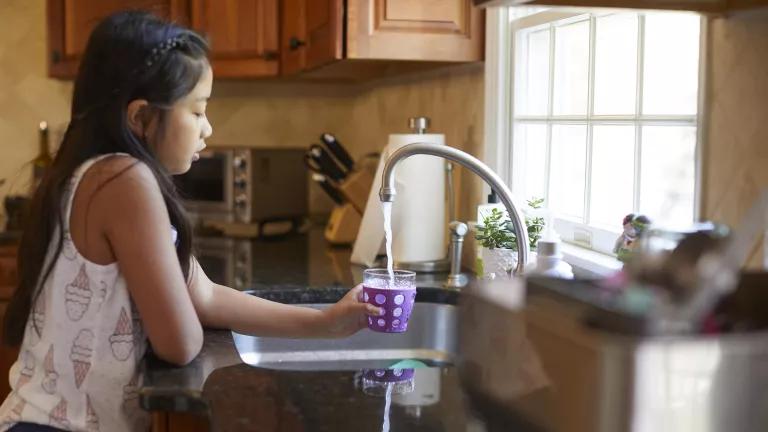

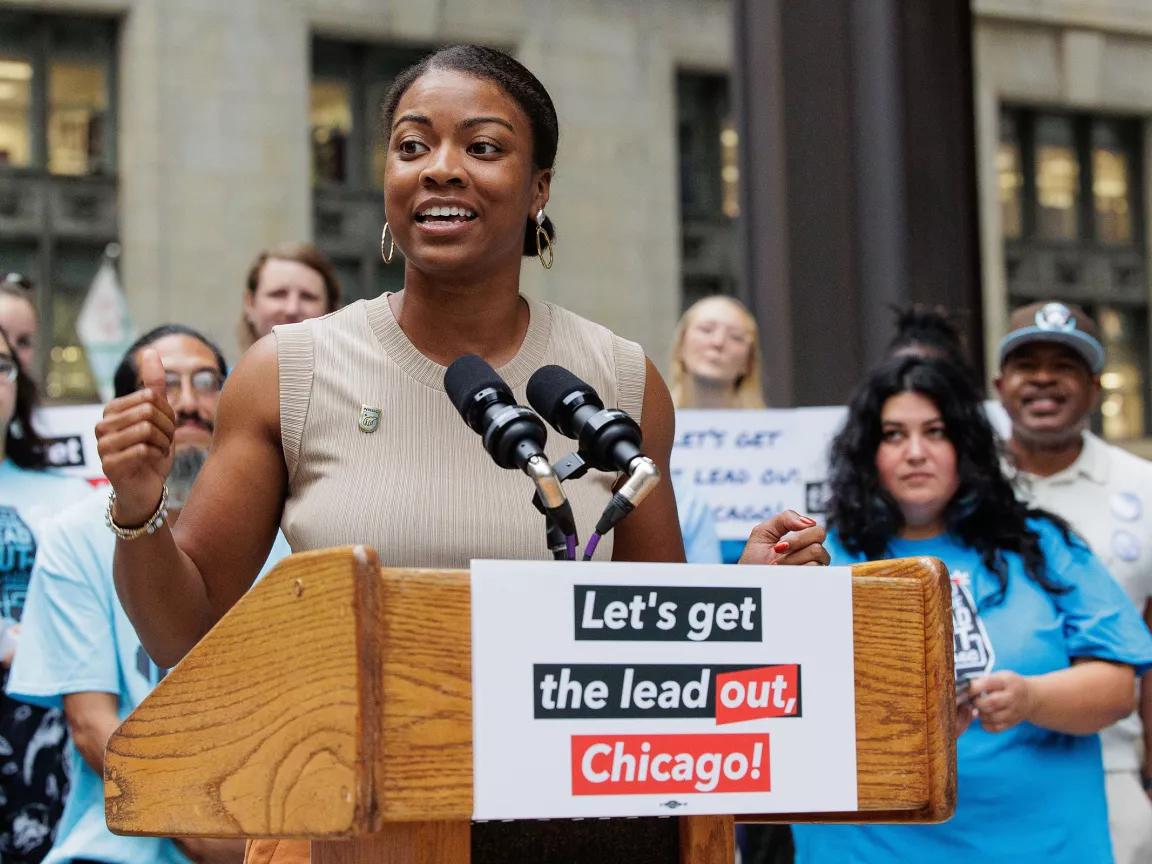
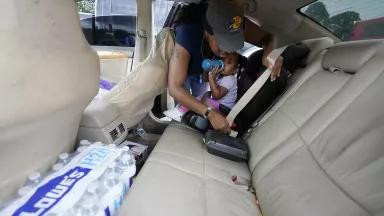
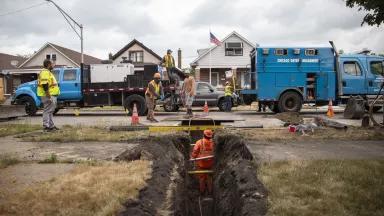
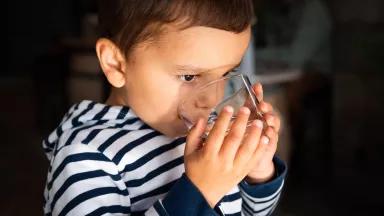
After 43 Years, My Parents Finally Have Lead-Free Water
Reflections of a Chicago Community Organizer: Water Justice and the Need to Act Now
In Chicago, Safe Water Is Still No Guarantee